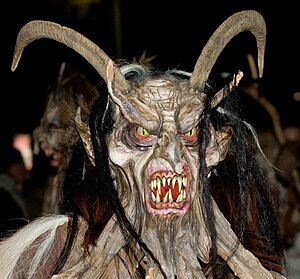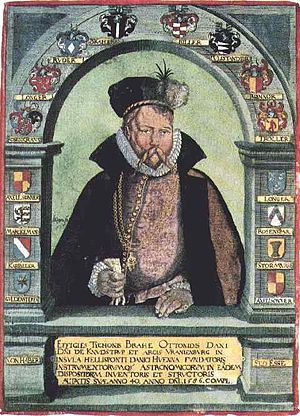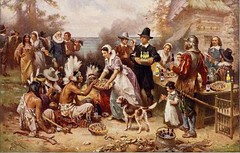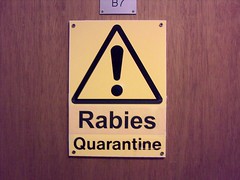
Image via Wikipedia
This was another bizarre headline that I just couldn’t pass up. Nursultan Nazarbayev, the aging ex-Soviet oil oligarch president of Kazakhstan, has made some interesting requests of his scientists. From The Guardian:
Not satisfied with 19 years in charge of the gas-rich central Asian
state, Nazarbayev urged scientists today to unlock the secret to
immortality.The 70-year-old leader stressed in a speech that a
new scientific research institute in the capital Astana should study
“rejuvenation of the organism,” as well as “the human genome, production
of human tissue and creation of gene-based medicines”.In an
aside to students, Nazarbayev added: “As for the medicine of the future,
people of my age are really hoping all of this will happen as soon as
possible.”
Read more here.













